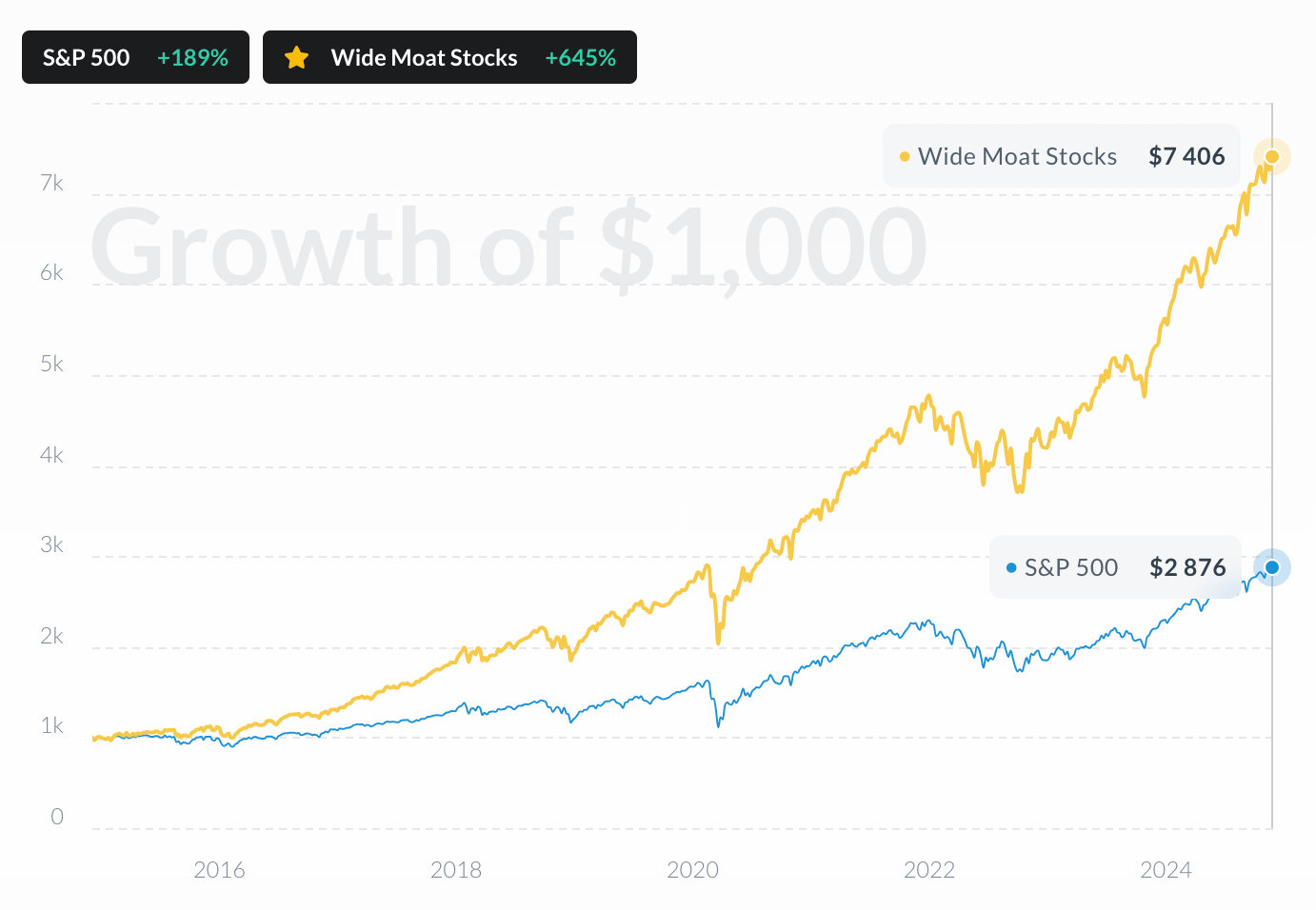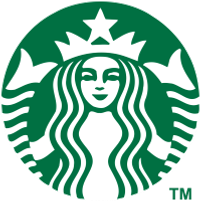
Starbucks Corp
NASDAQ:SBUX
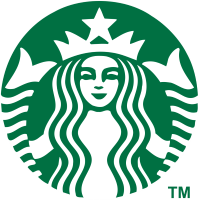

| US |

|
Johnson & Johnson
NYSE:JNJ
|
Pharmaceuticals
|
| US |

|
Berkshire Hathaway Inc
NYSE:BRK.A
|
Financial Services
|
| US |

|
Bank of America Corp
NYSE:BAC
|
Banking
|
| US |

|
Mastercard Inc
NYSE:MA
|
Technology
|
| US |

|
UnitedHealth Group Inc
NYSE:UNH
|
Health Care
|
| US |

|
Exxon Mobil Corp
NYSE:XOM
|
Energy
|
| US |

|
Pfizer Inc
NYSE:PFE
|
Pharmaceuticals
|
| US |

|
Palantir Technologies Inc
NYSE:PLTR
|
Technology
|
| US |

|
Nike Inc
NYSE:NKE
|
Textiles, Apparel & Luxury Goods
|
| US |

|
Visa Inc
NYSE:V
|
Technology
|
| CN |

|
Alibaba Group Holding Ltd
NYSE:BABA
|
Retail
|
| US |

|
JPMorgan Chase & Co
NYSE:JPM
|
Banking
|
| US |

|
Coca-Cola Co
NYSE:KO
|
Beverages
|
| US |

|
Walmart Inc
NYSE:WMT
|
Retail
|
| US |

|
Verizon Communications Inc
NYSE:VZ
|
Telecommunication
|
| US |

|
Chevron Corp
NYSE:CVX
|
Energy
|
Utilize notes to systematically review your investment decisions. By reflecting on past outcomes, you can discern effective strategies and identify those that underperformed. This continuous feedback loop enables you to adapt and refine your approach, optimizing for future success.
Each note serves as a learning point, offering insights into your decision-making processes. Over time, you'll accumulate a personalized database of knowledge, enhancing your ability to make informed decisions quickly and effectively.
With a comprehensive record of your investment history at your fingertips, you can compare current opportunities against past experiences. This not only bolsters your confidence but also ensures that each decision is grounded in a well-documented rationale.
Do you really want to delete this note?
This action cannot be undone.

| 52 Week Range |
78.46
115.81
|
| Price Target |
|
We'll email you a reminder when the closing price reaches USD.
Choose the stock you wish to monitor with a price alert.

|
Johnson & Johnson
NYSE:JNJ
|
US |

|
Berkshire Hathaway Inc
NYSE:BRK.A
|
US |

|
Bank of America Corp
NYSE:BAC
|
US |

|
Mastercard Inc
NYSE:MA
|
US |

|
UnitedHealth Group Inc
NYSE:UNH
|
US |

|
Exxon Mobil Corp
NYSE:XOM
|
US |

|
Pfizer Inc
NYSE:PFE
|
US |

|
Palantir Technologies Inc
NYSE:PLTR
|
US |

|
Nike Inc
NYSE:NKE
|
US |

|
Visa Inc
NYSE:V
|
US |

|
Alibaba Group Holding Ltd
NYSE:BABA
|
CN |

|
JPMorgan Chase & Co
NYSE:JPM
|
US |

|
Coca-Cola Co
NYSE:KO
|
US |

|
Walmart Inc
NYSE:WMT
|
US |

|
Verizon Communications Inc
NYSE:VZ
|
US |

|
Chevron Corp
NYSE:CVX
|
US |
This alert will be permanently deleted.
Operating Margin
Starbucks Corp
Operating Margin represents how efficiently a company is able to generate profit through its core operations.
Higher ratios are generally better, illustrating the company is efficient in its operations and is good at turning sales into profits.
Operating Margin Across Competitors
| Country | Company | Market Cap |
Operating Margin |
||
|---|---|---|---|---|---|
| US |

|
Starbucks Corp
NASDAQ:SBUX
|
98.7B USD |
10%
|
|
| US |
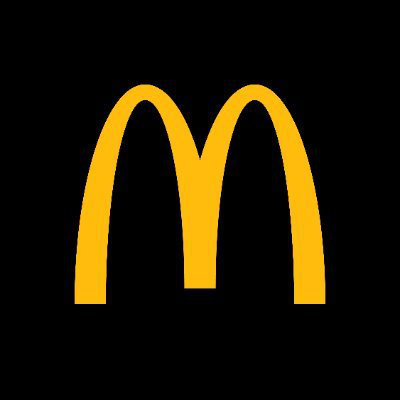
|
McDonald's Corp
NYSE:MCD
|
225.2B USD |
46%
|
|
| JP |

|
DD Holdings Co Ltd
TSE:3073
|
18.1T JPY |
10%
|
|
| UK |

|
Compass Group PLC
LSE:CPG
|
40.6B GBP |
6%
|
|
| US |
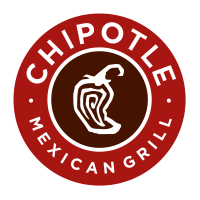
|
Chipotle Mexican Grill Inc
NYSE:CMG
|
50.2B USD |
17%
|
|
| US |
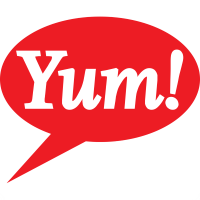
|
Yum! Brands Inc
NYSE:YUM
|
43.4B USD |
32%
|
|
| CA |

|
Restaurant Brands International Inc
NYSE:QSR
|
31.9B USD |
26%
|
|
| IN |

|
Eternal Ltd
NSE:ETERNAL
|
2.6T INR |
-2%
|
|
| US |
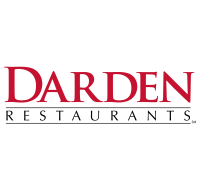
|
Darden Restaurants Inc
NYSE:DRI
|
22B USD |
12%
|
|
| CN |
M
|
MIXUE Group
HKEX:2097
|
149.9B HKD |
23%
|
|
| CN |
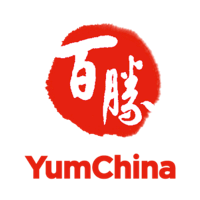
|
Yum China Holdings Inc
NYSE:YUMC
|
17.6B USD |
11%
|
Starbucks Corp
Glance View
In the bustling heart of Seattle in 1971, Starbucks Corp. brewed its first cup, initially focusing on selling high-quality coffee beans and equipment. The seeds of its transformation were sown with the entry of Howard Schultz in 1982, who saw the potential to recreate the coffee culture he experienced in Italy. Under Schultz’s visionary leadership, the company shifted its business model to become a haven for social interaction, transforming the typical American café experience. Starbucks established itself as a purveyor of premium coffee beverages, continuously refining its menu to include an array of offerings such as espresso-based drinks, teas, and recently, innovative cold brews that attract a diverse clientele. As the company's footprint expanded globally, it maintained a consistent brand aura—offering not just coffee but a community experience, a 'third place' between home and work. Starbucks meticulously crafts its revenue model through a combination of in-store sales, a robust loyalty program, and strategic partnerships, ensuring profitability. The core engine driving its revenues is its chain of company-operated stores, which generate the lion's share of income by engaging customers with both the ambiance of its cafés and the quality of its products. Complementing in-store sales are licensed stores, merchandise sales, and the ever-popular Starbucks Card, which encourages frequent visits and cultivates customer loyalty. The company also leverages strategic alliances, such as with Nestlé, allowing for broader distribution of Starbucks-branded products in grocery aisles worldwide. By balancing its traditional café culture with a shrewd approach to market expansion and product diversification, Starbucks ensures its place as a dominant force in the global coffee industry.

See Also
Operating Margin represents how efficiently a company is able to generate profit through its core operations.
Higher ratios are generally better, illustrating the company is efficient in its operations and is good at turning sales into profits.
Based on Starbucks Corp's most recent financial statements, the company has Operating Margin of 9.6%.





